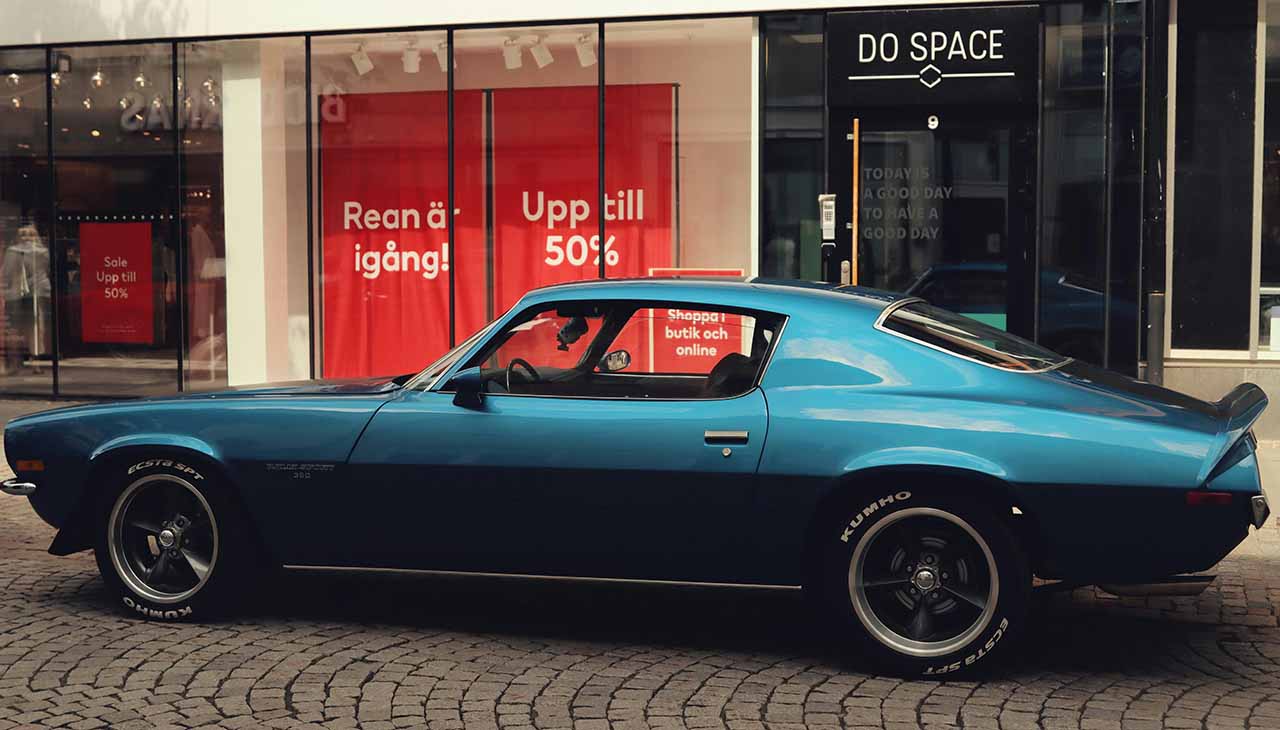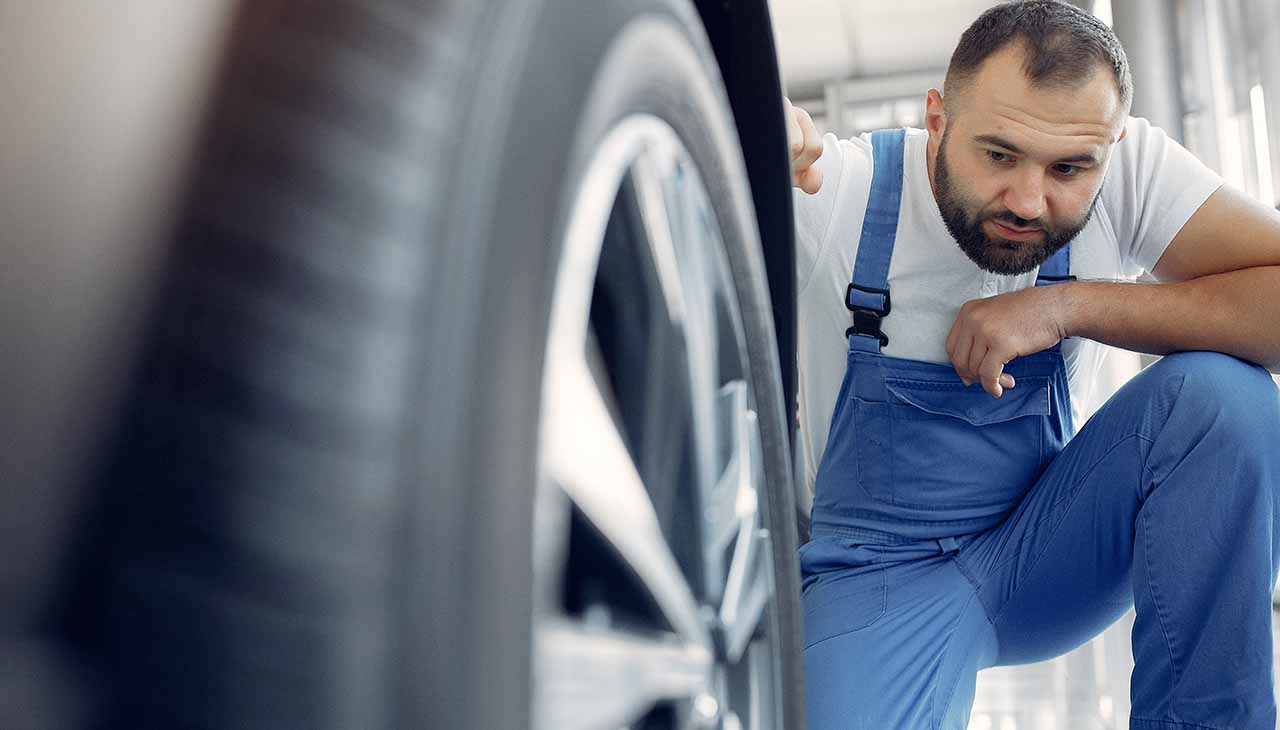The Timeless Allure of Classic American Cars
There’s something undeniably captivating about classic American cars. From their bold designs to the roar of their engines, these vintage beauties embody a sense of freedom and individuality. For many auto enthusiasts and collectors, restoring a classic car is more than just a hobby—it’s a passionate way to connect with automotive history.
In this blog post, we’ll explore the essential tips for restoring classic American cars, guiding you through the entire process from planning and budgeting to overcoming common challenges. Whether you’re a seasoned restorer or a newcomer to the world of vintage vehicles, you’ll find valuable insights and practical advice to help you on your restoration journey.
Essential Tools and Equipment for Classic Car Restoration Projects
Restoring a classic car requires a range of specialized tools and equipment. Having the right gear can make all the difference between a smooth restoration process and endless frustration.
First on your list should be a set of quality hand tools, including wrenches, screwdrivers, pliers, and hammers. These will be your go-to items for most tasks. Next, invest in power tools like an air compressor, impact wrench, and drill. These tools will help you handle more demanding jobs with ease.
Don’t forget about safety equipment. Goggles, gloves, and protective clothing are essential to keep you safe from hazards like flying debris and sharp edges. Additionally, a sturdy jack and jack stands are crucial for safely lifting and working beneath your vehicle.
Step-by-Step Guide to Planning and Budgeting for a Restoration Project
Planning and budgeting are critical steps in any restoration project. Begin by setting clear goals for your restoration. Are you aiming for a showroom-quality finish, or are you more focused on a functional, everyday driver?
Once you’ve defined your objectives, create a detailed budget. Consider costs for parts, labor, and any specialist services you may need. It’s wise to build in a buffer for unexpected expenses, as restoration projects often come with surprises.
Next, develop a timeline. Break your project into manageable phases, such as disassembly, bodywork, mechanical repairs, and reassembly. Setting milestones will help you stay on track and maintain momentum throughout the restoration.
Common Challenges Faced during Restoration and How to Overcome Them
Restoring a classic car is rarely a straightforward task. One common challenge is rust. Rust can cause significant structural damage, making it essential to address it early. Use rust removers and inhibitors to treat affected areas, and consider replacing severely damaged panels.
Another challenge is sourcing hard-to-find parts. Original parts are often scarce and expensive. To overcome this, network with other restorers, join online forums, and visit swap meets. You may also need to fabricate certain parts if originals are unobtainable.
Finally, managing time and resources can be tricky. Restoration projects are time-consuming and can strain your patience. Stay organized by keeping detailed records of your work and maintaining a clean, orderly workspace. Taking regular breaks will also help you stay focused and motivated.
The Importance of Authenticity and Sourcing Original Parts
For many restorers, maintaining authenticity is paramount. Keeping your vehicle true to its original form not only preserves its historical value but also enhances its appeal to potential buyers and fellow enthusiasts.
Start by researching your vehicle’s original specifications. Use factory manuals and build sheets to understand the correct materials, colors, and finishes. This information will guide you in sourcing the right parts and ensuring accuracy in your restoration.
Original parts are often a key focus. While aftermarket options can be tempting due to their availability and lower cost, they may not offer the same quality and fit as original components. Prioritize OEM (original equipment manufacturer) parts, even if it means investing more time and money in your search.
Tips for Maintaining the Value and Quality of Restored Cars
Once your classic car is restored, maintaining its value and quality becomes a priority. Regular maintenance is essential. Follow a strict schedule for oil changes, tune-ups, and inspections to keep your vehicle in top condition.
Proper storage is also crucial. Store your car in a dry, climate-controlled environment to prevent damage from moisture and temperature fluctuations. Using a quality car cover will add an extra layer of protection against dust and scratches.
Lastly, document your restoration. Keep detailed records of all work performed, including receipts and photographs. This documentation will be invaluable if you decide to sell your car, as it provides proof of the care and investment put into the restoration.
Showcasing Success Stories and Before-and-After Transformations
There’s nothing more inspiring than seeing the transformation of a classic car from a rusted relic to a shining masterpiece. Success stories not only highlight the potential of restoration but also offer valuable lessons and motivation for others embarking on similar journeys.
Take, for example, the story of a 1967 Chevrolet Camaro that was rescued from a barn, where it had languished for decades. Through patience, skill, and dedication, the restorer brought this iconic muscle car back to life, earning accolades at car shows and admiration from fellow enthusiasts.
Or consider the tale of a 1955 Ford Thunderbird, found in a neglected state but lovingly restored to its former glory. The restoration process involved meticulous attention to detail, sourcing original parts, and countless hours of labor. The result was a stunning vehicle that captured the essence of mid-century American automotive design.
Conclusion on the Fulfillment and Satisfaction of Restoring Classic American Cars
Restoring classic American cars is more than just a mechanical endeavor—it’s a labor of love that connects us to a rich automotive heritage. The fulfillment and satisfaction derived from seeing a vintage car transformed into a gleaming symbol of craftsmanship are unmatched.
By following the essential tips outlined in this blog post, you’ll be well-equipped to tackle your restoration project with confidence and enthusiasm. Whether you’re drawn to the nostalgia of a bygone era, the thrill of the open road, or the camaraderie of the classic car community, the journey of restoration is one worth embarking upon.
Ready to start your restoration adventure? Begin planning your project today, and don’t hesitate to reach out to fellow enthusiasts for support and guidance. Happy restoring!

